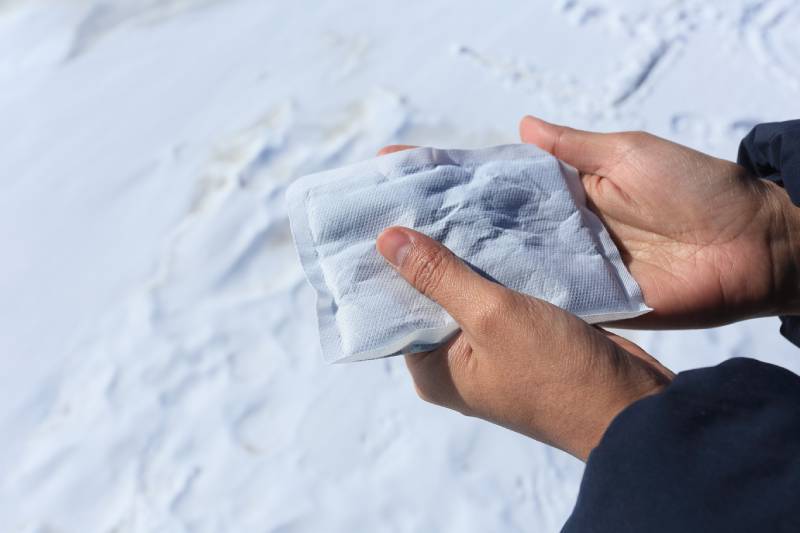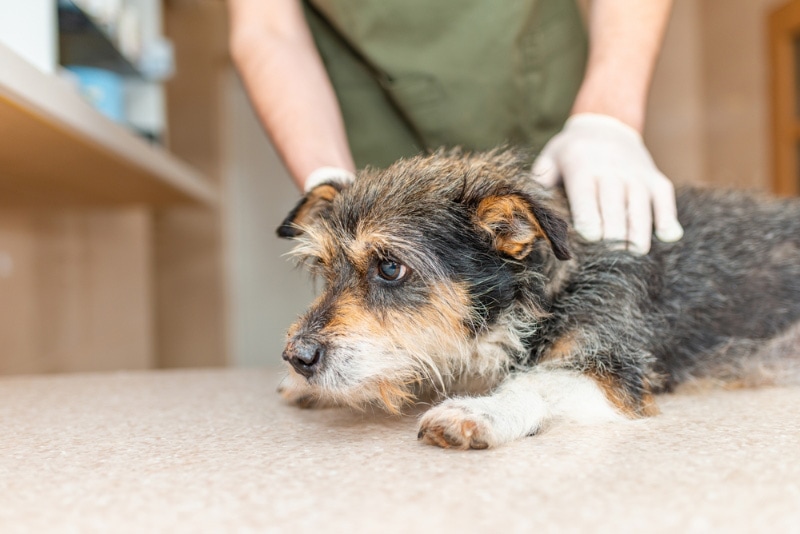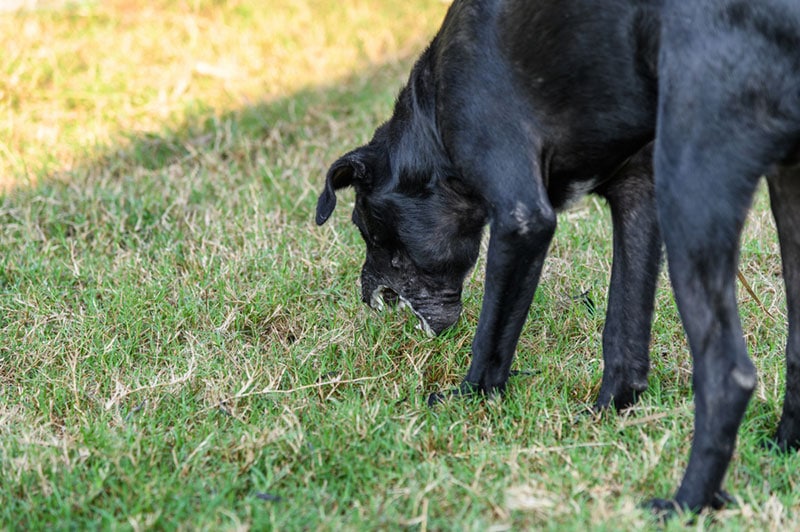My Dog Ate a Hand Warmer: Our Vet Explains What to Do
Updated on

Click to Skip Ahead
From avoiding harmful chemicals to ensuring appropriate winter garments, cold weather conditions bring new challenges to pet parents. Unfortunately, our companion’s curiosity can get them into trouble. So, what happens if your dog devours a disposable hand warmer? What needs to be done?
First, stay calm. It will be important for you to reach out to your veterinarian, who will likely have you call animal poison control. The biggest concern with hand warmer ingestion is the possible toxicity from iron and the risk of gastrointestinal blockage. Continue reading below to learn about what to do and expect if your dog consumes a hand warmer.
What’s in Hand Warmers and How Do They Work?
There are many different brands of disposable hand warmers (or foot warmers, disposable warmers, etc.) on the market that provide nearly instant heat when opened. But how does this work? The disposable warmer contains iron, water, salt, absorbent material, and activated carbon. When the warmer is removed from the plastic packaging, oxygen hits the warmer, which causes a reaction to occur and results in heat.
If a disposable warmer was not used prior to consumption, it is possible that a reaction could occur within the stomach. If this were to happen, a burn to the gastric mucosa may occur.1

Intervention and Care
If your pet has consumed a hand warmer, reach out to your veterinarian. Your veterinarian will have you call a poison helpline and provide the consultants with information on your pet and the hand warmer brand. This information will help determine complications, risk of toxicity, recommended interventions, and treatment plans.
If the hand warmer was used and has been able to cool prior to consumption, toxicity is not a concern. Unfortunately, the chances of obstruction are still possible. Depending on when the item was ingested, your veterinarian may recommend inducing emesis. Additionally, radiographs, baseline blood work, and close monitoring may be advised.
Although your pet may not have consumed high enough iron levels to be considered toxic (as we discuss in the next section), it is still possible that they may experience signs of gastrointestinal upset, including vomiting and diarrhea. If clinical signs associated with obstructions are present, surgical intervention may be necessary.
If there are signs of iron toxicity, bloodwork may be performed to confirm elevated iron levels. If levels are high enough, iron toxicity treatment may be necessary.

Iron Toxicity
If large amounts of iron are ingested, the results can be devastating. Iron ingestion can result in signs ranging from vomiting and diarrhea to more dire consequences, like shock and cardiac insult.
It is unlikely that significant effects would result from the consumption of just one warmer; however, patient size must be taken into consideration and precautions should still be taken. A Chihuahua may be more at risk of toxicity from a single warmer than a Great Dane. If more than one warmer is consumed the risk of toxicity increases.
Once the warmer has been used, iron has become oxidized, which is not associated with toxicity. However, the contents can still be irritating to the gastric mucosa.
Risk of Obstruction
In addition to concern for toxicity, ingestion of a hand warmer or the equivalent poses a risk for gastrointestinal blockage. A gastrointestinal blockage occurs when an object is unable to pass through the gastrointestinal tract, which prevents consumed food from being able to pass as well. When an object becomes lodged, vascular compromise occurs, which leads to a damaged mucosa.
Close monitoring of a patient with a history of foreign body ingestion is necessary. Signs of obstruction include abdominal discomfort, vomiting, lethargy, and anorexia. Radiographs will be recommended to confirm consumption and to monitor the warmer’s transit through the gastrointestinal tract. In some cases, surgical intervention may be necessary to remove the foreign body.

Conclusion
Hand warmers pose a potential risk to curious canines. Try to set your pet up for success by having potentially harmful products kept out of reach of pets and disposed of in trash cans with lids. If your pet does ingest a hand warmer, reach out to your veterinarian and call a poison control hotline.
Featured Image Credit: SUJITRA CHAOWDEE, Shutterstock














